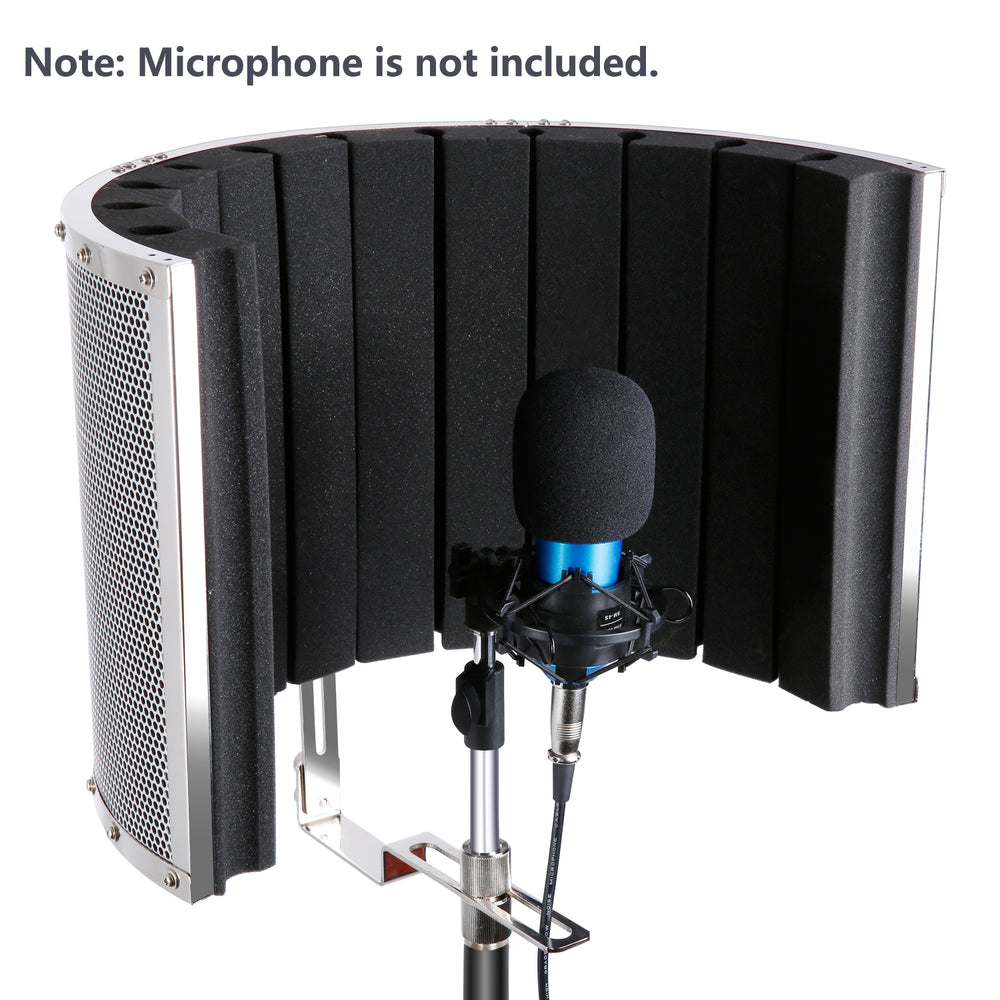

Download the Bass to Center Nyquist plugin and install it.

This can help cure the common problem where center-panned bass or Hi-hat is also removed when removing vocals. Vocal Reduction and Isolation also lets you specify frequencies above which or below which audio is not removed or isolated. However the default option for Vocal Reduction and Isolation "Remove Vocals" is to be preferred in most cases because this returns stereo output. As in Case 1 above, this removes the whole frequency spectrum of center-panned audio and returns a dual mono track. If you only wanted to automate Case 1 in the Vocal Reduction and Isolation effect, you would choose the option "Remove Center Classic (Mono)".

Removal of the vocals can often be incomplete leaving artifacts behind this is especially true where there are backing vocals or where reverb (echo) has been applied as this spreads sound sources and makes them very hard to extract from each other.Īudacity includes a Nyquist plugin effect to automate the steps involved in Case 1, at Effect > Vocal Reduction and Isolation. In some music this could mean removing instrumental parts. Note, this removes everything panned in the center, not just vocals, and returns a dual mono result (both channels have the same audio). The underlying technique in Audacity is to split the stereo track into its left and right channels, make both mono, invert all (or a selected part) of one of them then play back the result. If the vocals are panned in the center of a stereo track the so-called "vocal removal" technique can sometimes be effective by removing what is common to both tracks (that is, the vocals), leaving behind what is different (that is, the instrumentals). Case 1: Vocal Removal with vocals in the middle and instruments spread around them


 0 kommentar(er)
0 kommentar(er)
